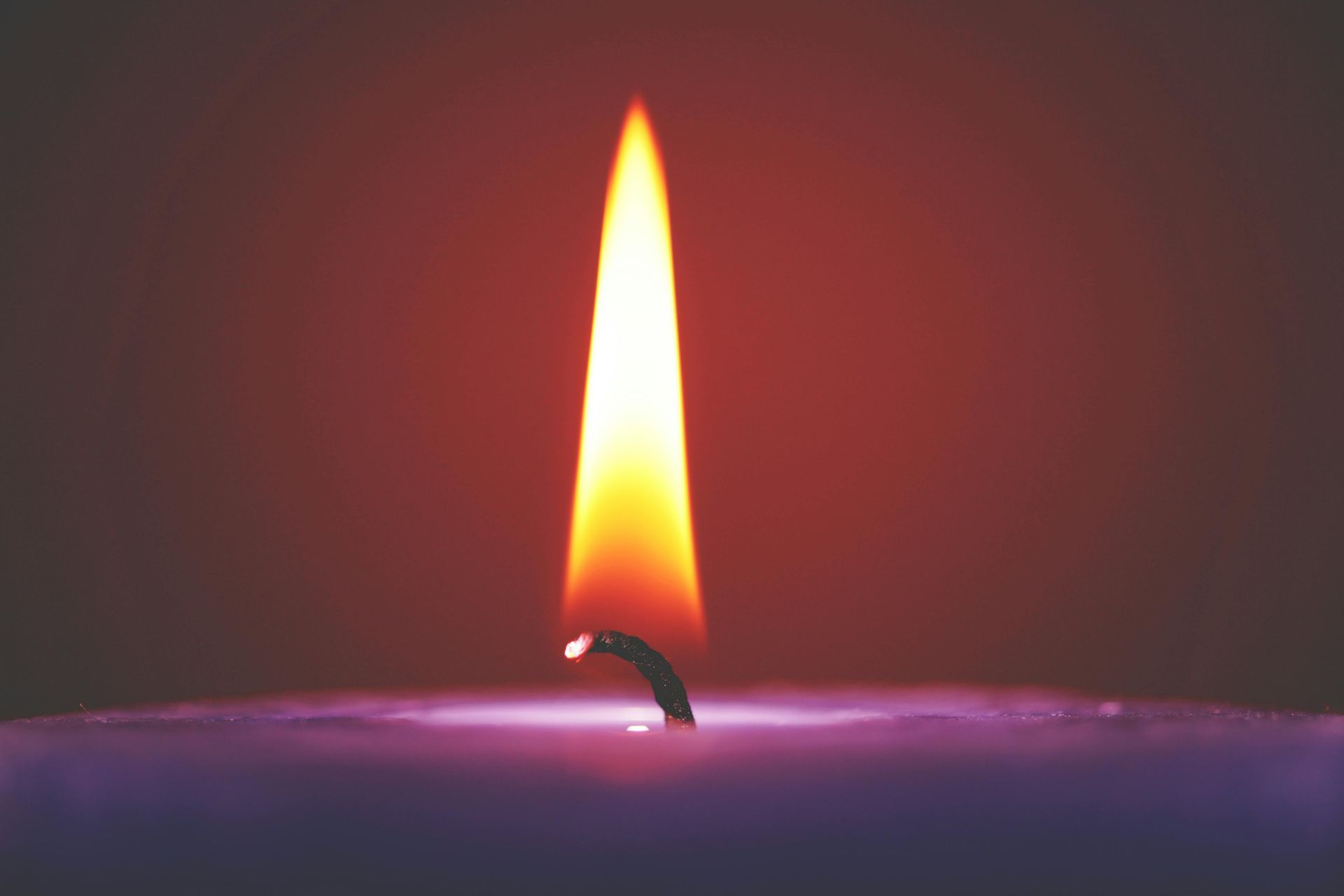Transfiguration
Lent is a blessed season to prepare us for the Paschal Triduum and Easter. It is a unique time in the liturgical year which encourages us to slow down, reflect, and take care to experience and celebrate the Risen Lord on Easter Sunday. Thus, we make an effort to fast, pray, and help others. This makes sense when we grow and make progress in our spiritual life. It makes even more sense when we experience positive change moving away from evil to good. Accordingly, this positive change is necessary to experience the Risen Lord during Easter.
It is providential we reflect on the Transfiguration this Second Sunday of Lent. Transfiguration comes from the Greek word metamórfosi, which means change. In the gospel today Jesus went up to Mount Tabor and was transfigured before his disciples. His body and clothes were totally changed, “became dazzling white, such as no fuller on earth could bleach them” (Mark 9:3). Today’s reading illustrates what Lent is about. Our effort like climbing a mount or even hill will be rewarded at the peak when we experience the Risen Lord. Additionally, transfiguration reminds us of our ultimate destination in heaven. Our body also will be changed in heaven, and become like the body of Jesus on Mount Tabor.
There are two great prophets who were present during the transfiguration, Moses and Elijah. Both of them spend their entire lives in a desert and were well known as prophets of the desert. They remind us we need a desert, detachment from our busy life, reflection, and prayer during Lent. We need to find a desert, special place and time for God, during our journey of Lent. This kind of personal desert makes our effort to grow spiritually more effective. Perhaps you noticed the theme in our church this Lent is about desert. Also, there is no water in the baptismal font to remind us the necessity of a desert place during Lent.
Lastly, our spiritual effort and close relationship with God are very attractive. When we take it seriously and our effort becomes a habit of daily routine, we want to remain with God forever. At the end of the Transfiguration Peter suggested building tents to prolong his experience of the desert and exaltation forever. He loved that place and moment. “Rabbi, it is good for us to be here; let us set up three tents: one for you, one for Moses, and one for Elijah” (Mark 9:5). Contrary to his offer Jesus asked his disciples to return to the town to meet the people. It is a good reminder and encouragement for us that our spiritual effort during Lent must be rooted in our daily realities. Whatever we decide to practice and offer during Lent, more prayer in the desert, fasting or alms giving, our effort must be practical and include the needs of our neighbor. Our spiritual growth makes sense if it brings us closer to God and people.
Let us pray for each other to have a transforming experience during this blessed season of Lent.
Fr. Andrzej










